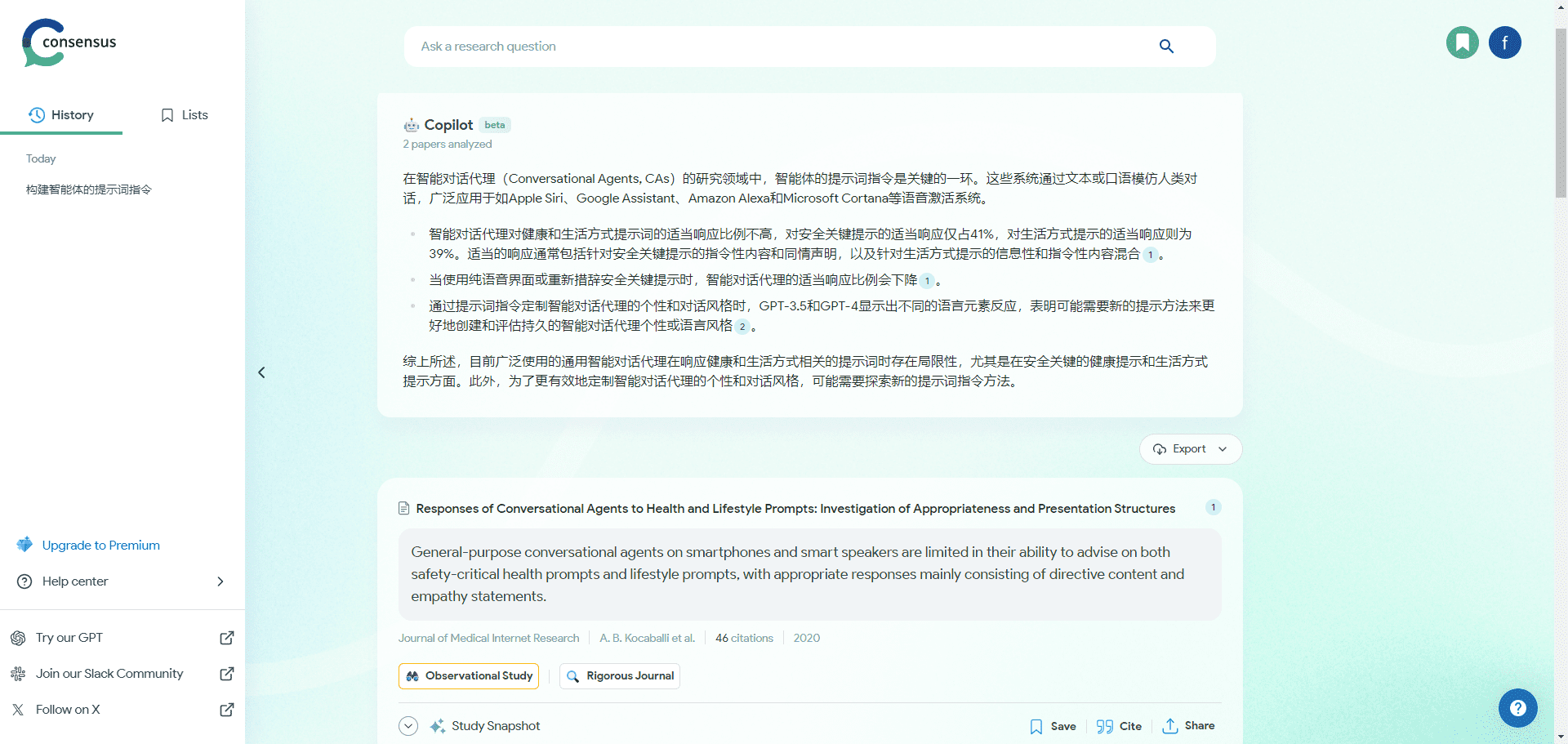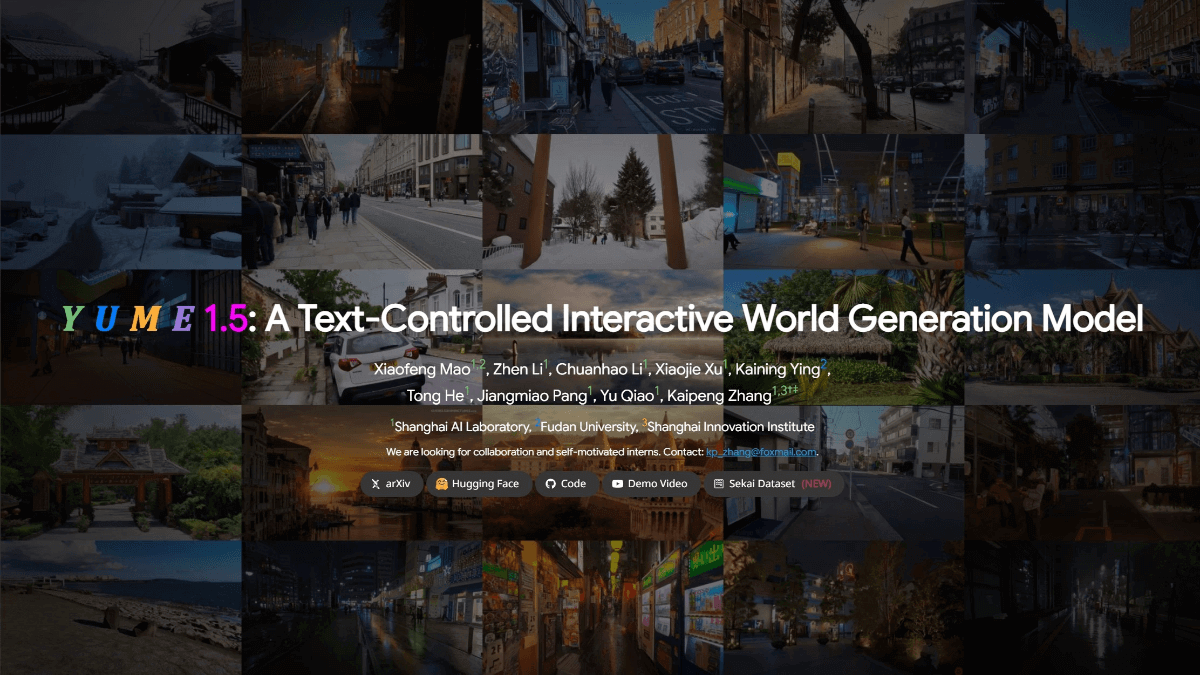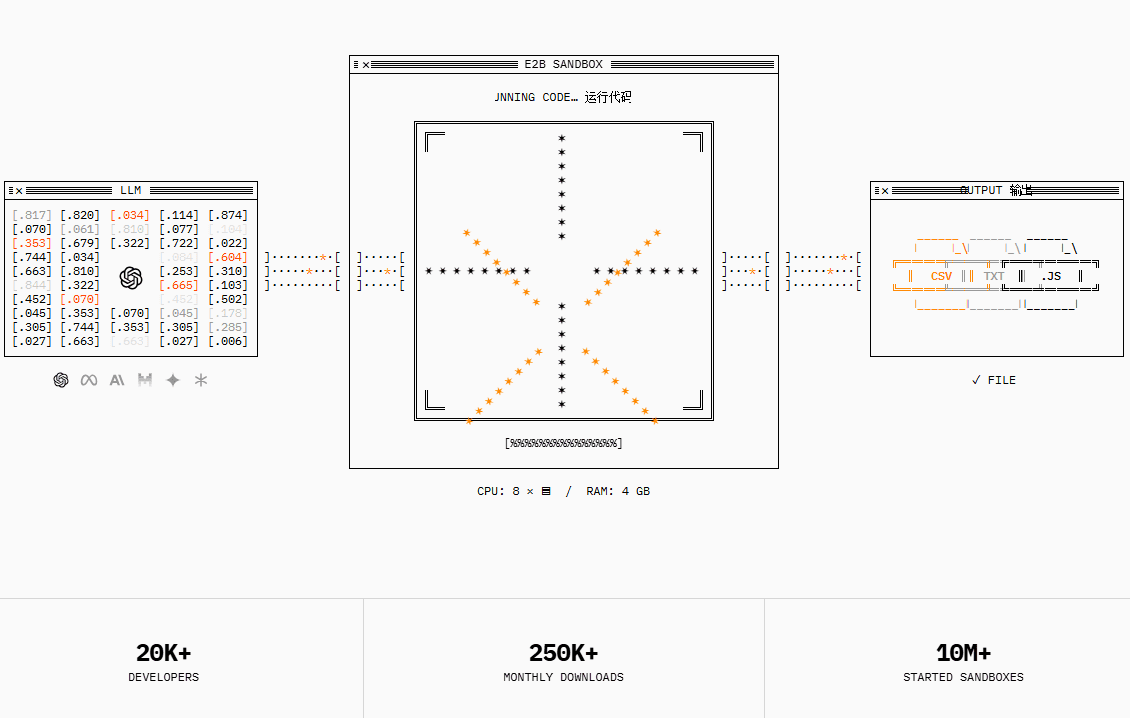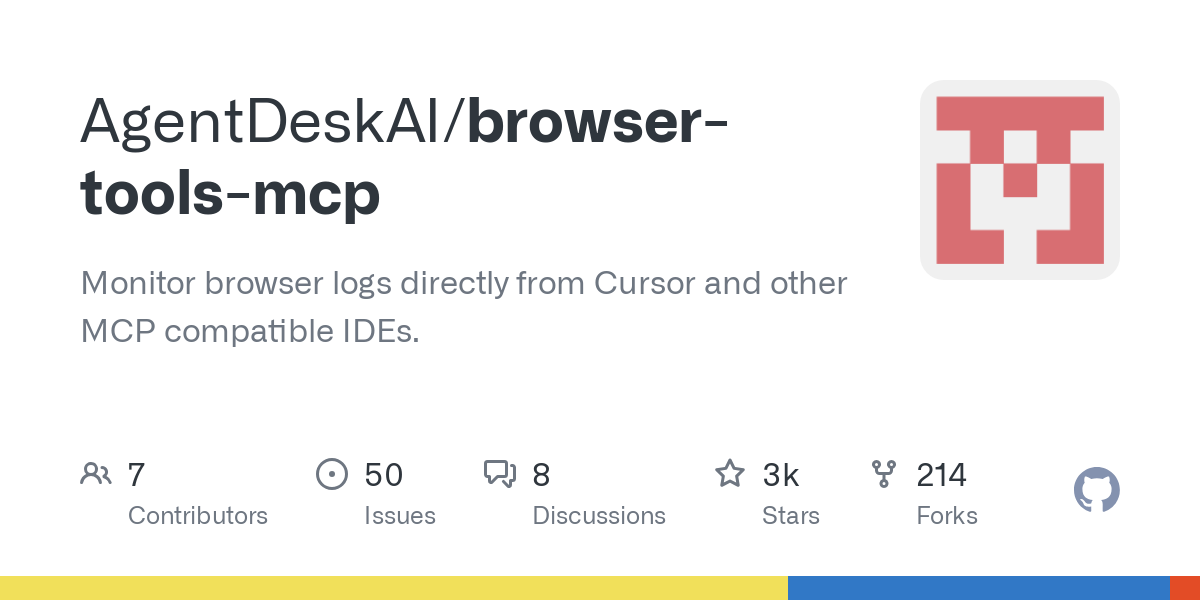Ovis-U1 - Multimodal Unified AI Model Introduced by Ali
What is Ovis-U1?
Ovis-U1 is a multimodal unified model introduced by Alibaba Group's Ovis team with a parameter scale of 3 billion. The model is equipped with three core capabilities: multimodal understanding, text-to-image generation, and image editing. With advanced architectural design and collaborative unified training methods, it supports the realization of high-fidelity image synthesis and efficient text visual interaction. Ovis-U1 has achieved excellent results in academic benchmark tests in many fields, including multimodal understanding, generation and editing, demonstrating excellent generalization ability and outstanding performance.
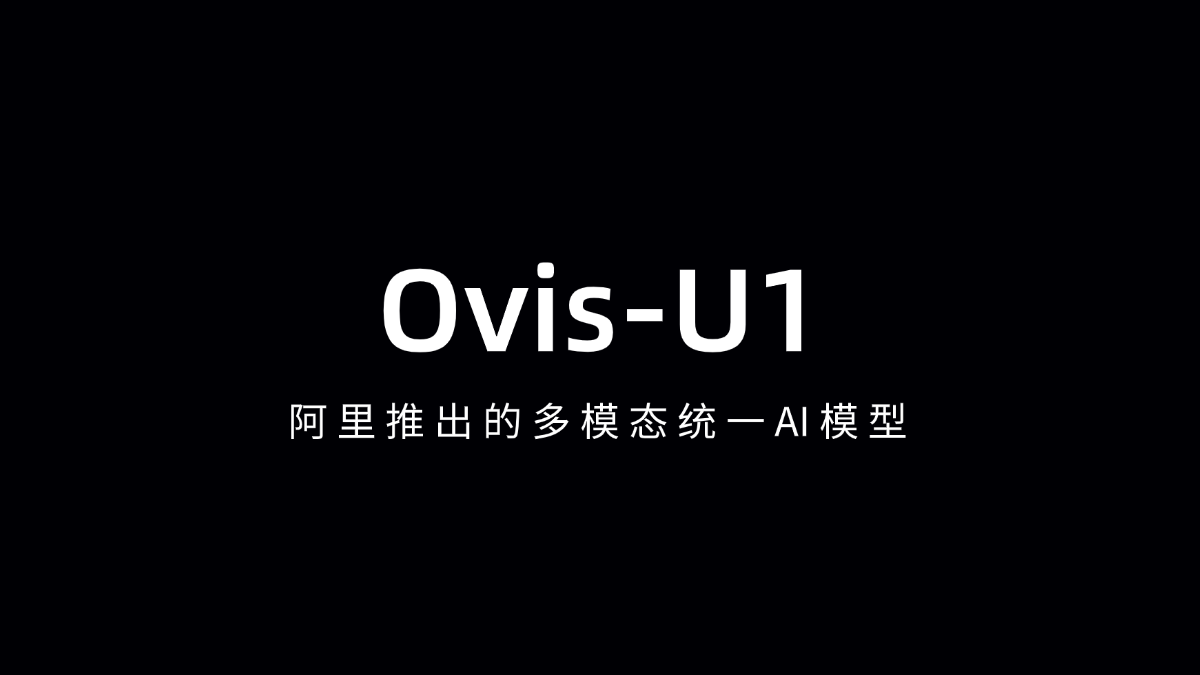
Key Features of Ovis-U1
- multimodal understanding: It can accurately parse complex visual scenes and textual content, complete visual question and answer (VQA), and generate descriptive text that fits the image.
- Text-to-Image Generation: Generate high-quality images based on text descriptions, covering a wide range of styles and complex scenarios to meet different creative needs.
- image editingAdd, Adjust, Replace, Delete, and Style Convert images based on textual commands to help create and optimize images.
Ovis-U1's official website address
- GitHub repository:: https://github.com/AIDC-AI/Ovis-U1
- HuggingFace Model Library:: https://huggingface.co/AIDC-AI/Ovis-U1-3B
- Technical Papers:: https://github.com/AIDC-AI/Ovis-U1/blob/main/docs/Ovis_U1_Report.pdf
- Online Experience Demo:: https://huggingface.co/spaces/AIDC-AI/Ovis-U1-3B
How to use Ovis-U1
- Online Experience: Visit the Demo page on Hugging Face and enter text commands or upload images to see the results generated by the model without any installation or configuration.
- Using the Hugging Face Model Library::
- Install the Transformers library for Hugging Face.
- Load the Ovis-U1 model from the Hugging Face model library.
- Reasoning with models, such as text-to-image generation, image editing, and other operations.
from transformers import AutoModelForVision2Seq, AutoProcessor
# 加载模型和处理器
model = AutoModelForVision2Seq.from_pretrained("AIDC-AI/Ovis-U1-3B")
processor = AutoProcessor.from_pretrained("AIDC-AI/Ovis-U1-3B")
# 准备输入数据(文本或图像)
inputs = processor(text="描述一个美丽的日出场景", return_tensors="pt")
# 进行推理
outputs = model.generate(**inputs)
# 处理输出结果
result = processor.decode(outputs[0], skip_special_tokens=True)
print(result)- local deployment: Download the model code and related resources from the GitHub repository and follow the documentation for installation and configuration.
Core Benefits of Ovis-U1
- Powerful multimodal capabilities: Ovis-U1 is equipped with powerful features such as multimodal understanding, text-to-image generation and image editing to meet the needs of a wide range of complex scenarios.
- Advanced Technology Architecture: Advanced architectural design based on visual decoder, bi-directional token refiner, visual encoder, adapter and multimodal macrolanguage model for efficient textual visual interaction.
- Harmonization of training methods: A unified training approach with multi-task training and staged optimization is used to improve the generalization ability of the model on multimodal tasks.
- Rich data support: Data covering a wide range of tasks such as multimodal understanding, text-to-image generation, and image+text-to-image generation provide a solid foundation for model training.
- High Performance Optimization: Precise control of image editing based on adjusting guidance coefficients, evaluated by multiple benchmark tests to ensure high performance and stability of the model.
- Flexible useIt supports a variety of usage modes, such as online experience, Hugging Face model library integration and local deployment, to meet different user needs.
Who Ovis-U1 is for
- content creator: Includes artists, designers, and video editors to fast-track creative ideas and improve creative efficiency.
- Advertising and marketing staff: Ad designers and social media marketers can generate engaging ad images and promotional posters based on product features and target audience descriptions to enhance brand communication.
- game developer: Game designers generate images of game scenes, characters and props based on game background and character descriptions, providing creative inspiration and preliminary materials for game design.
- Architects and interior designers: Architects and interior designers generate architectural conceptual drawings and images of interior scenes and furniture arrangements based on architectural styles and descriptions of the surrounding environment, helping clients to quickly understand the design intent and assisting in the efficient presentation of design solutions.
- (scientific) researcher: Researchers generate visual images of complex scientific phenomena and data as well as images of experimental scenes and equipment to help better understand and present research results.
© Copyright notes
Article copyright AI Sharing Circle All, please do not reproduce without permission.
Related posts

No comments...

